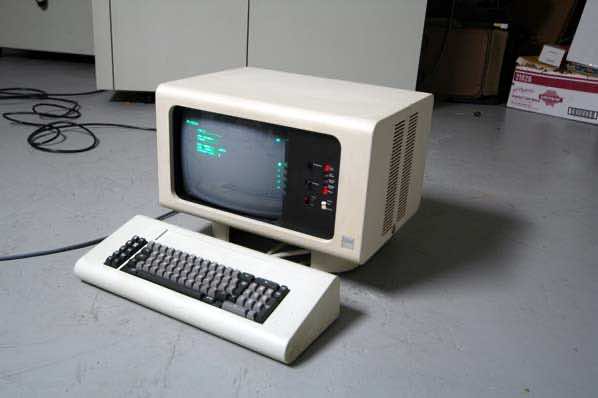In the movies, we see Tom Cruise and other actors avoiding nuclear weapons holocaust between Russia and the USA with the help of some ultra high-tech mumbo jumbo apparatus that seems to be sophisticated to the last superficial line of code. In reality, many of us easily predict that the system would be much simpler and a little outdated just like most of the military apparatus aboard the US weapon systems. Question is, just how much outdated? Remember floppy drives? Yes, the all-mighty US Strategic Nuclear systems keep on surviving on 8-inch floppy drives that have been out of the market for like a million years. Only kids born before 1993 will probably remember them and the younger generation doesn’t. In fact, a study showed less than 14 percent of kids these days know what the save icon (Which is the image of a floppy disk) on any system stands for!
And it doesn’t stop there. The US’s sophisticated nuclear weapons technology that eats up more than $64 billion in taxpayers money an oversees intercontinental ballistic missiles, data about nuclear bombers like B-2 as well as N-weapons enabled ships runs on the state-of-the-art 1970 IBM 1 series computer systems! And since they have become obsolete, the department has to pay extra to be able to maintain them. Imagine an outdated production facility earning million just for churning out floppy drives! Well, that is what is happening.

The eight-inch floppy drives, for those who don’t know these bulky memory drives that were very popular in the 70s and 80s as they were the only means of moving data around until the CDs came and stole the show later on. They came in various storage capacities, and the largest commercially available one could hold a maximum of 1,212 kilobytes, which isn’t even enough to hold a 3-minute voice recording!
The United States Government Accountability Office (USGAO) underlines the need of updating the critical military hardware, Although some of it is a little less outdated, efforts are being made to upgrade, but they have been stalled due to lack of funding from Congress. They hope to achieve the turnaround by 2020 if everything goes according to plan. But, the question remains, why does the government keep using these old systems that must be vulnerable to attacks?
In the words of Pentagon spokeswoman Lt. Col. Valerie Henderson said: “This system remains in use because, in short, it still works.” (AFP News Agency) No kidding, right?


